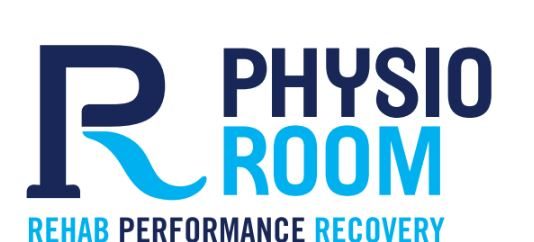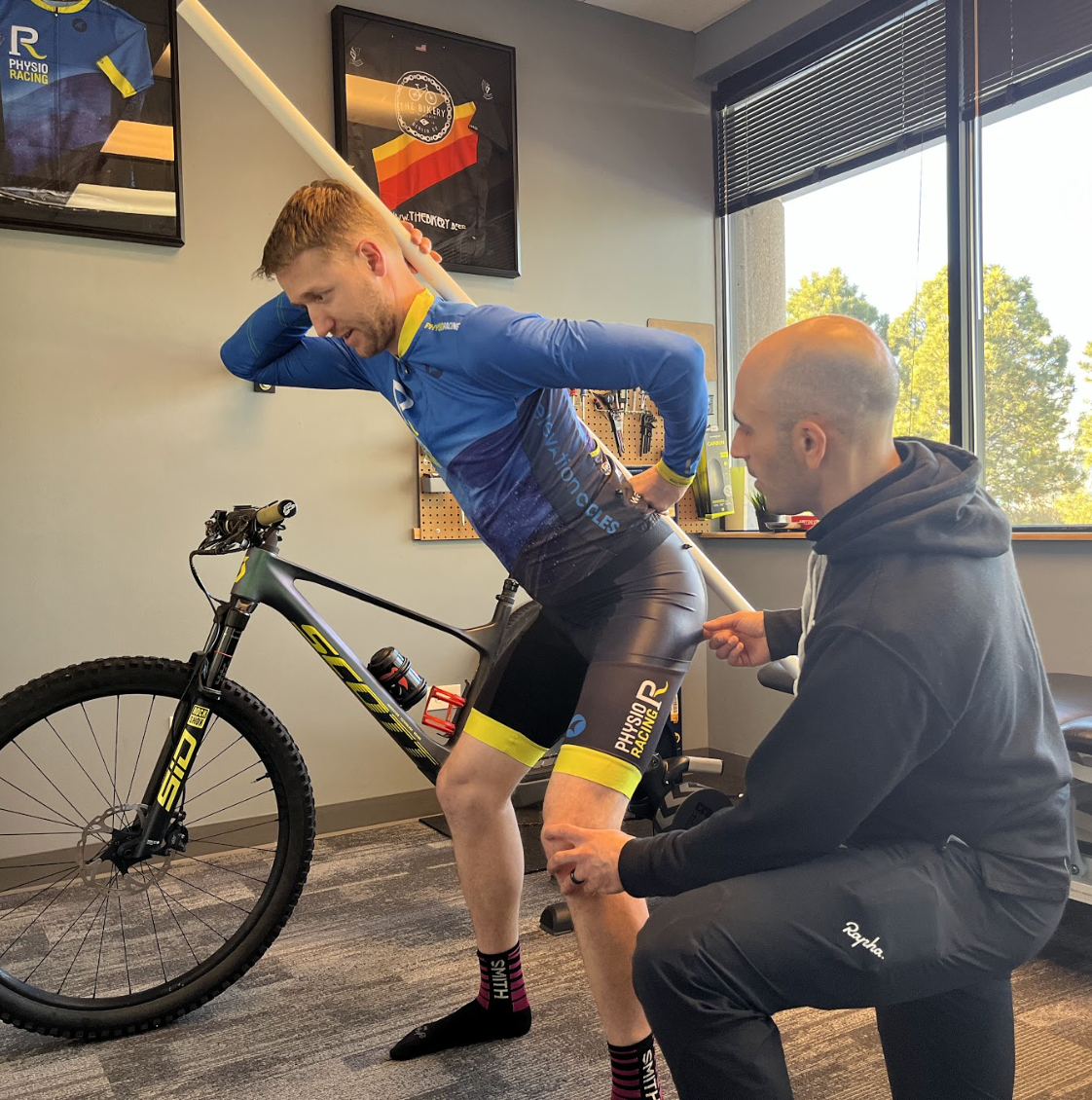Endurance Athletes: The Common Disconnect With Strength Training.
Before picking up a kettlebell to complement your endurance training, the first step is often to unravel suboptimal movement patterns.
What causes these patterns?
The human body’s desire for efficiency (when cycling and running) tend to enhance movement patterns unique to each person, a.k.a a neuromuscular rut.
Challenging and changing default patterns is the hardest part of any rehab or performance program. It only gets harder with age.
Are weak muscles to blame?
Unlikely. For cyclists, poor awareness with the sport’s primary movements, hip hinge and lunge, are often the root cause of knee or low back pain. Layering weights on top of bad movement patterns exacerbates issues, or at best, performance and wellness benefits are mitigated.
Most that struggle with low back pain don’t realize that “the core” includes our gluteal muscles. The hip hinge for cyclists is a key comment to more fun on the bike with less pain.
The first step, which is common even among elite athletes, is for clients to proficiently recruit and identify well with the left and right side glute complex. Then have the glute be the primary sensation during functional movement patterns such as hip hinge, squat and lunge.
Mentally and physically reorganizing how we move is often the most powerful, and most challenging, component towards resolving long standing low back pain.
Learning to move better is a skill. This is where a great physical therapist can use their expertise in identifying detrimental movement patterns to help you move more efficiently and maximize your athletic performance.
Check out this article by Training Peak for the best strength exercises for cyclists.



Comments are closed